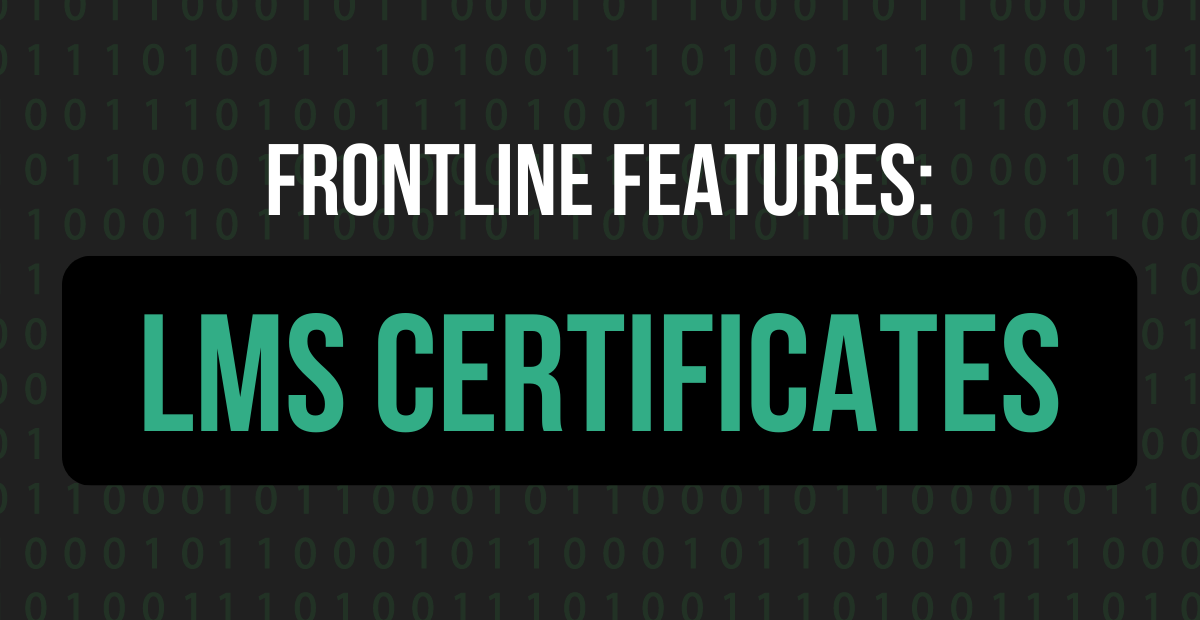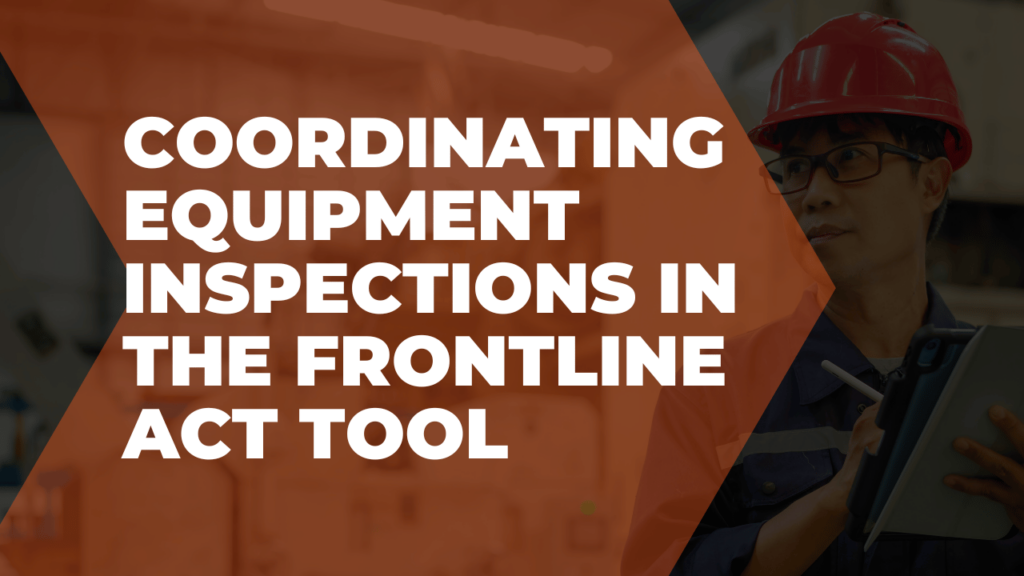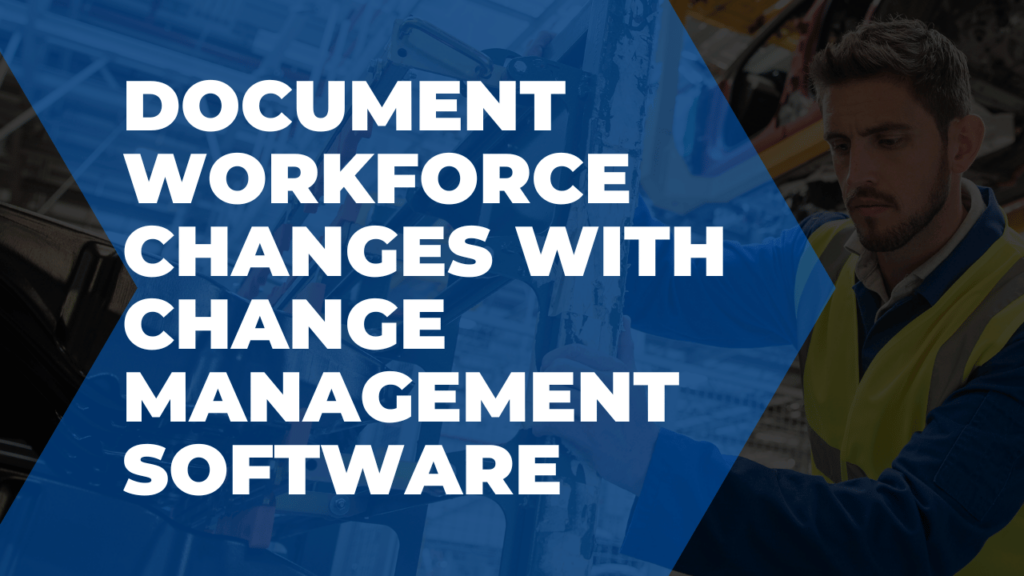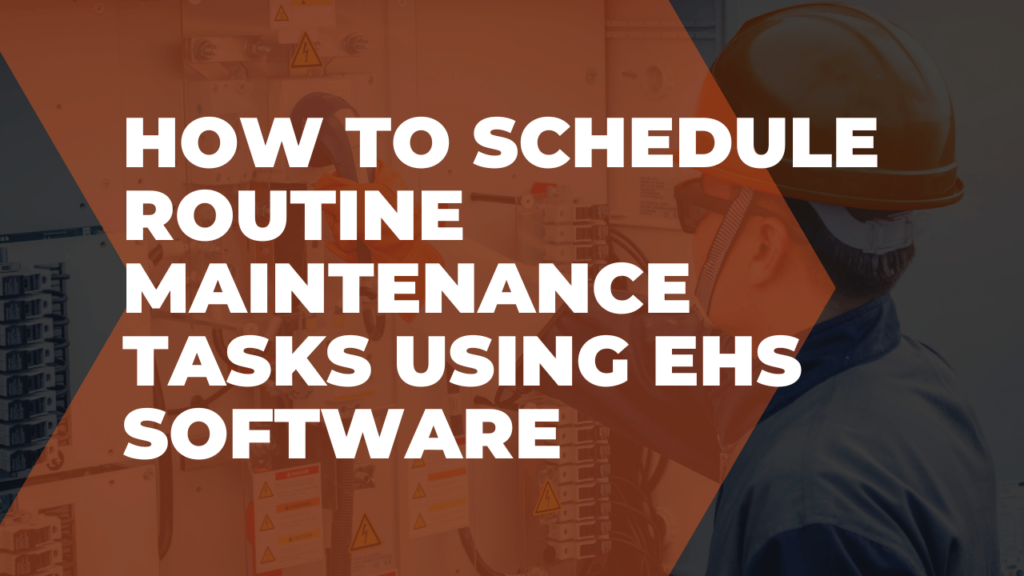Learning management systems are designed to help companies coordinate training and document it. With detailed training records, you can better understand how your teams are performing and find learning opportunities for individuals or departments.
One type of record you may want to keep is any certificates that workers have earned, either internally or externally. These records can make it easier to assign tasks or identify employees with promotion potential, depending on how you use them.
What are LMS certificates?
An LMS certificate is a training record that verifies an employee’s proficiency in a certain subject. Certificates can help distinguish users who have specific knowledge from the rest of the workforce.
This means that you can easily find anyone who has knowledge of a specific process within your company. So, next time you need someone who is skilled in that area, you won’t have to track them down by asking around.
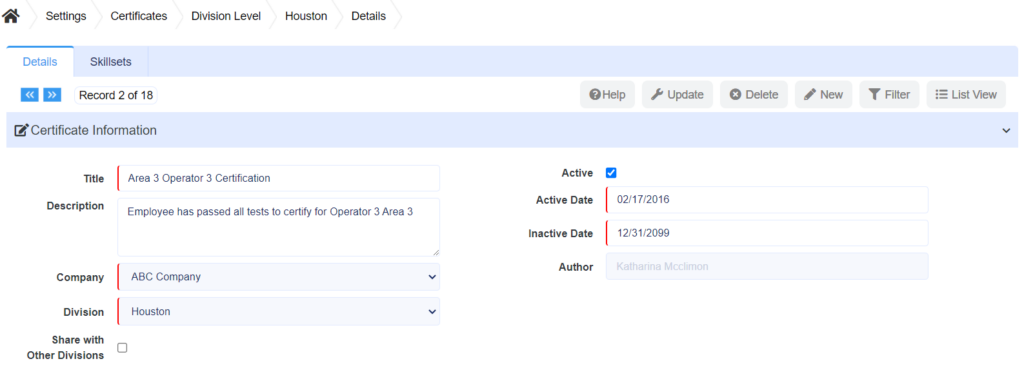
How do LMS certificates work?
Within Frontline LMS, admins can create new certificates in the settings drop-down menu. Each certificate is attached to a certain skillset. Once a user completes the skillset training items, they’ll receive the LMS certificate.
The most common use of these certificates is document who is extremely knowledgeable in a particular area. For example, some facilities have many technicians who complete regular maintenance and repairs on equipment.
However, there may be pieces of machinery that require additional qualifications in order to complete maintenance tasks. You can use a certificate to distinguish those technicians who have the knowledge and skills required to safely make repairs.
Another example is within corporate environments when you want to document who has a certain qualification, such as a project management certificate. This can help you when comparing employees for promotions to new jobs within the company.
Regardless of how you use the certificates feature, having this information logged in your LMS database means you have one more type of data at your fingertips.
